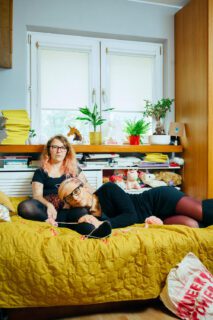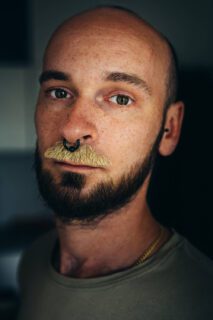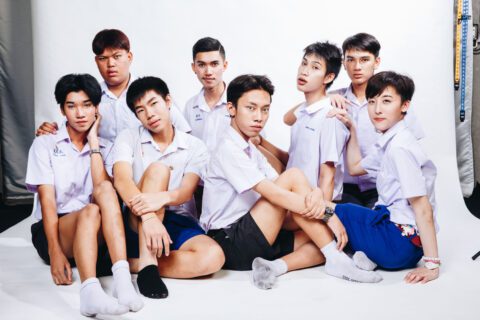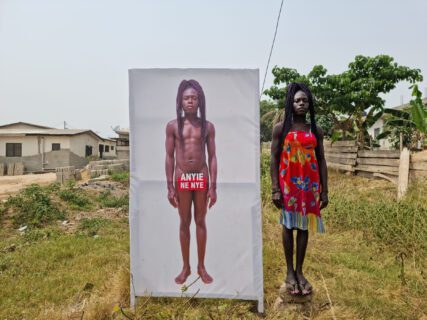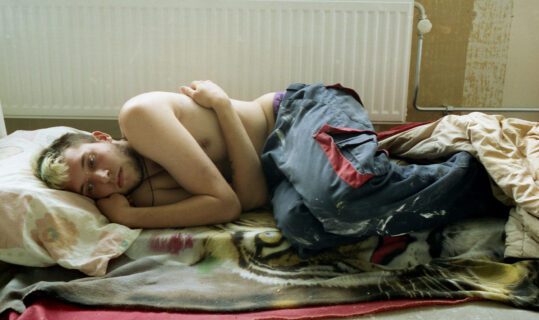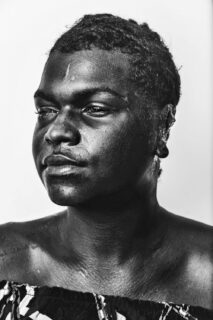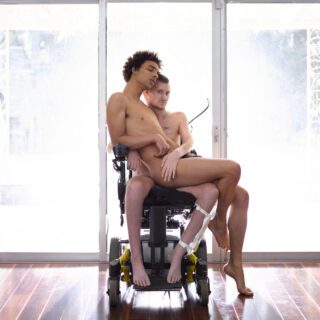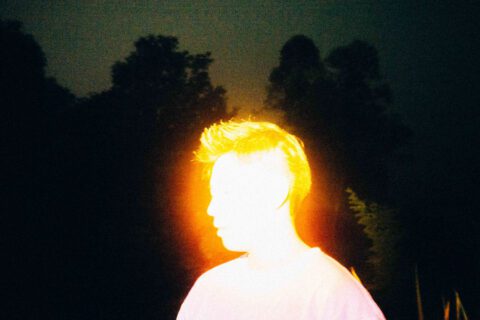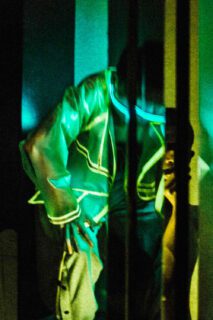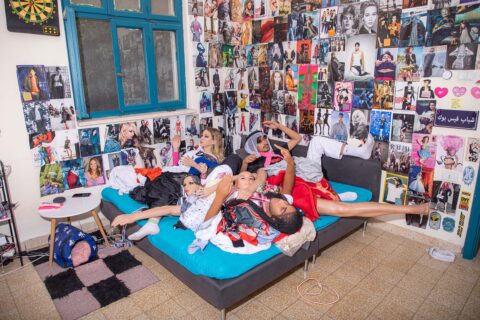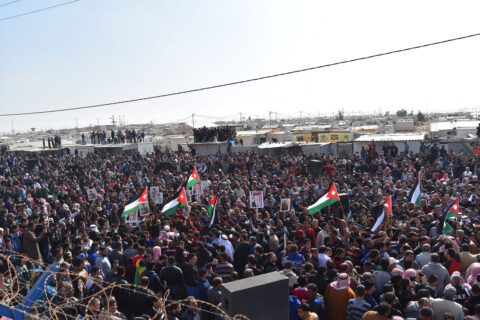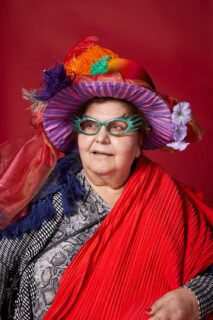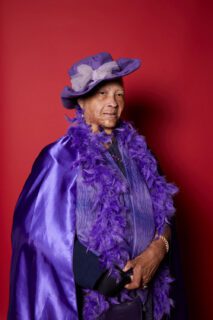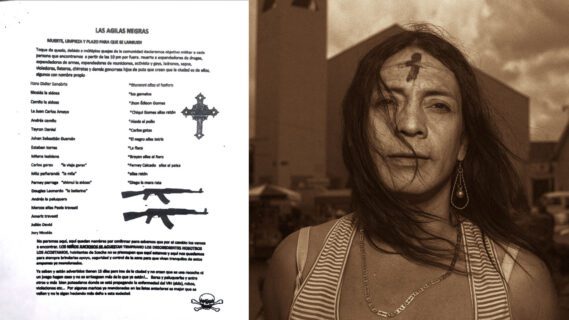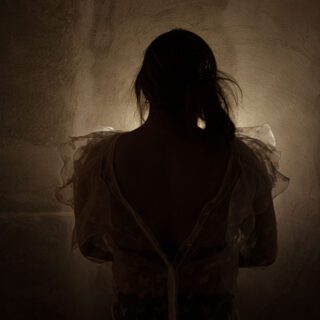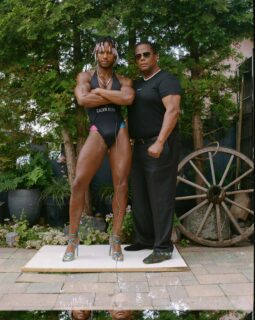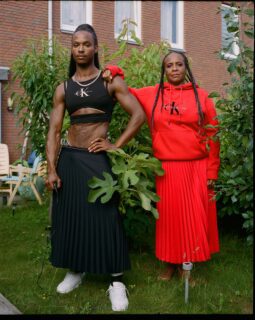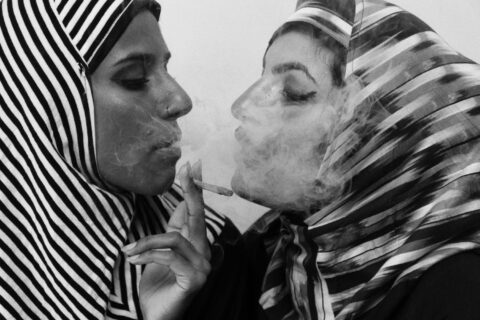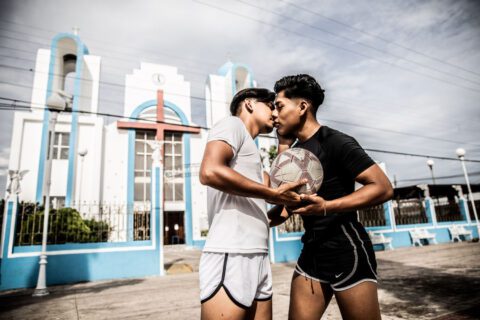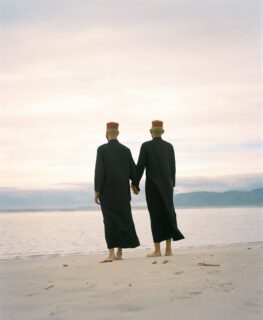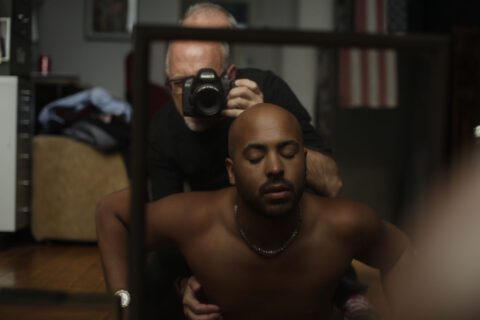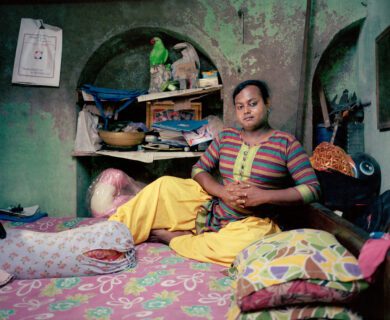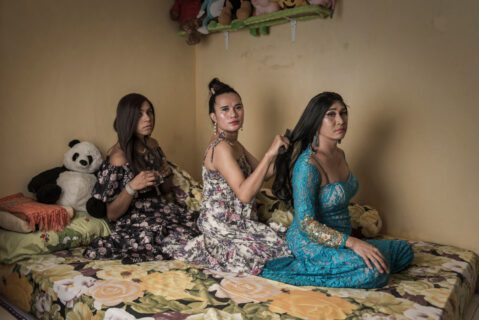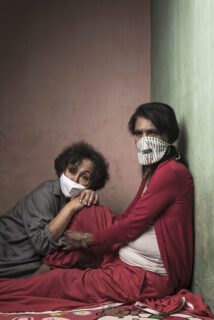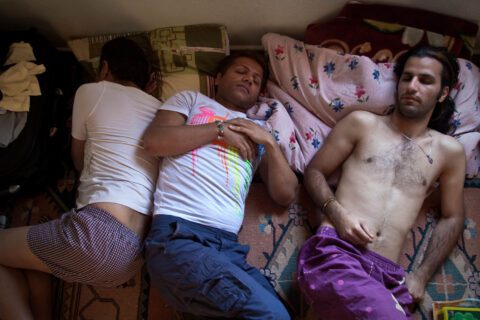Pride Photo 2022
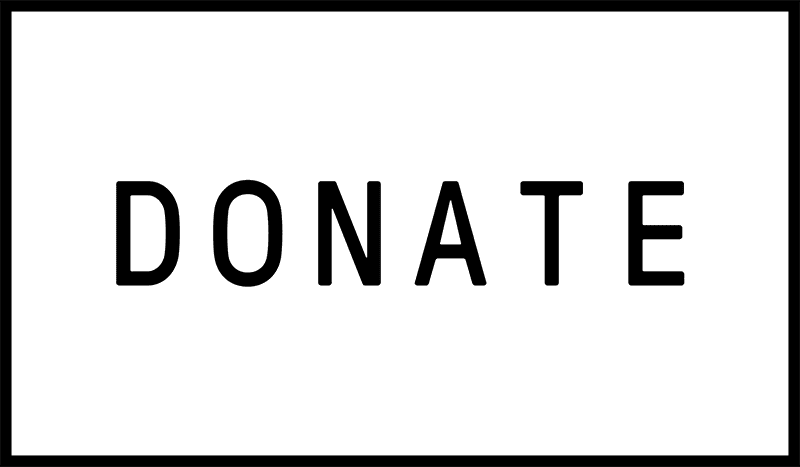
After two digital rounds, the jury of the Pride Photo Award 2022 met on Friday 21 January to discuss the entries and to decide on the winning photos. One in the category Single Image and one in the category Series.
The jury was surprised by the many incredible stories in this year’s contest. After much discussion, the jury members were able to come to a unanimous decision for both winners. The jury felt it was essential to use this platform not only to celebrate the unseen in visual storytelling but to ensure that the authors of these works were equally representative of the stories they chose to tell.
‘Whilst acknowledging the incredible effort made by the Pride Photo team, as well as the jury, to invite diverse submissions to the photo contest. The jury panel felt that many voices were not present among the competition. We hope to create further awareness of this disparity in participation and subsequent representation and aim to develop our own practices to encourage greater inclusivity in future contests.’
Winner single image: The Lovers by Haneem Christian
Winner series: Transwoman: Between Color & Voice by Yoppy Pieter
PhotoPaul
“I am not an Ideology!” LGBTQ+ POLAND
Exhibition Selection
2022
Since the PiS party came to power in Poland, several anti-LGBT laws have been implemented in the country. In 2019, for example, some 30 different 'LGBT-free zones' were declared, where it was forbidden to preach the 'destructive LGBT ideology'.
Watsamon Tri-yasakda
7465
Exhibition Selection
2022
From kindergarten to university, all Thai pupils and students have to wear a uniform. It ensures unity among them, but also hegemony and class distinction. For boys, it is a male uniform, consisting of shorts, a military haircut and a shirt with a name and student ID number. Everyone is the same.
crazinisT artisT
Anyie ne Nye
Exhibition Selection Curators Choice
2022
Ghana is preparing an anti-LGBTQIA+ bill. Since then, violence against LGBT persons in Ghana has increased dramatically. Almost every day an alleged gay, lesbian or trans person is attacked and mistreated. ‘Artivist’ Va-Bene is fighting with her life against this bill.
Prins de Vos
Boys do cry
Exhibition Selection
2022
With this series, Prins wants to contribute to the emancipation of trans people, and also break the taboo on male vulnerability. This series shows that being vulnerable is also very positive and powerful, because: boys dó cry.
Luiz Maximiano
Bruna
Exhibition Selection
2022
Bruna, a 21-years-old transgender woman was attacked by three men in the street at Sao Carlos, Brazil, in 26 February 2021."Die, fag!" they shouted, while stabbing Bruma with a kitchen knife and cutting off her ear and hair.
Robert Andy Coombs
CripFag
Exhibition Selection
2022
The sexual experiences of (queer) people with physical disabilities are taboo. Photographer Robert Coombs breaks this taboo with his series 'CripFag'. A visual exploration of his own sexual and intimate adventures, full of romance, fantasies and kinks.
Guangbo Li
Faceless Portraits
Exhibition Selection
2022
In 2019, Guangbo Li began to take private portraits of people who are currently perceived by Chinese society as ‘celebrities with huge followings’. These portraits are temporarily unseen and unpriced and lack faces which are highly recognizable masks and symbols. Guangbo Li presents these people only with their bodies and very little physical and material elements.
Omar Braika
Ignorance is the enemy
Exhibition Selection Curators Choice
2022
LGBTQIA+ people from the Arab world often feel doubly demonised. In the Western world as Arabs, and in their own community as queer.
Kami Dubel
Kleurrijk ouder worden
Exhibition Selection
2022
For the series Colourful Ageing, photographer Kami Dubel and creative producer Nina van Rheenen portrayed residents of Amsterdam care organisation Cordaan. A statement, to celebrate that everyone can be themselves and can love whomever they want. This does not change when you are older or when there is a sudden need for care.
Carlos Saavedra
Limpia
Exhibition Selection
2022
Every year, thousands of Colombians are selectively killed and displaced in so-called social cleansing campaigns. Pamphlets advertising "La Mano Negra " occupy public spaces in the country's poorest neighborhoods.
JeanPaul Paula
Nos Kultura
Exhibition Selection Curators Choice
2022
Jean-Paul Paula is a Dutch activist, stylist and artist. In this work, he shows the reunion with his parents after years of rejection. These photos are proof that things can get back on track.
Mariam Magsi
Rebels at Heart
Exhibition Selection
2022
Rebels at Heart is a playful response to the stereotyping of certain people into boxes, labels and categories that lack nuance, and eventually end up denying them their full, complex humanity.
David Těšínský
Soccer Love
Exhibition Selection
2022
With his controversial photos, David Těšínský tries to dispel stereotypes and open people's eyes. Like the acceptance of homosexuality in sports, and specifically in professional football.
Haneem Christian
The Lovers
Winner Singles
2022
This image is from a series that explores the depths, beauty and sacred nature of Queer Love. Queer Muslim love. A love that is so vast and incredible but very rarely spoken about or celebrated.
Robert Siegelman
The Model and The Photographer
Exhibition Selection
2022
Exploitation is becoming more and more a hot topic in photography. Even more when it comes to the photography of minorities and unseen communities.
Alessio Maximilian Schroder
The Shape of Self (2014-2019)
Exhibition Selection
2022
Since the Indian Supreme Court recognised the Third Sex in 2014, the socio-economic position of the trans community has improved significantly. The project Shape of Self shows this through portraits of trans people from West Bengal.
Yoppy Pieter
Transwoman : Between Color & Voice
Winner Stories
2022
In conservative Indonesia, transwoman community multifaceted struggles are being affected by the outbreak of covid-19, including the risk of Covid-19 infection, difficulty to access social assistance from the government, job loss, and the damaging effects of long-term stigma and discrimination.
Bradley Secker
كتمان / Kütmaan
Exhibition Selection
2022
Kütmaan is a collection of intimate portraits and daily-life documentary photographs about individuals displaced, and/or claiming asylum, based on their sexuality or gender identity, from more than 20 countries around the world. It is a decade-long project, which began in 2010 in Damascus, Syria.
